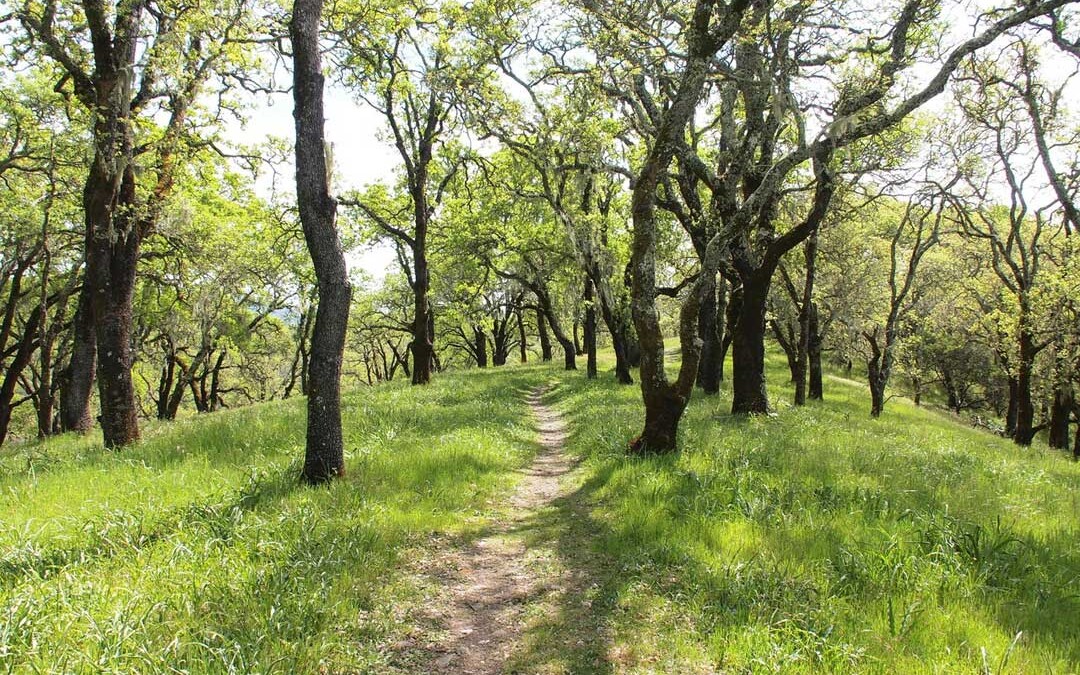As the grass turns brown and the days get warmer, some may be glancing nervously at the hills with a thought to last fall’s wildfires. The question asked many times since those fires, which burned nearly a quarter of a million acres including 28 percent of Sonoma Valley, is: How can we prevent this from happening again?
It’s a simple question, with complicated answers, and we at Sonoma Ecology Center are giving a lot of thought and study to it. That’s because Sonoma Valley, as a community, is currently at a crossroads. People who are managing land, rebuilding burned structures, or guiding land use policy here are making countless important decisions that will affect Sonoma Valley’s future for a long time to come.
This leads to a lot of “do’s and don’ts” when it comes to land use. For example, prescribed burns, which burn at lower temperatures, are a safer way to keep fuel levels down and promote biodiversity in the Valley’s open spaces. By contrast, clearing too many trees and brush can lead to worse fire conditions, because it makes room for invasive grasses and weeds to take over and become fuel during the next fire season. Most native trees, especially those located away from burning buildings, survived the fire and should not be cut down.
Above all, the rebuilding effort offers a once-in-a-lifetime opportunity to set Sonoma Valley on a more sustainable path. Right now, residents rebuilding their homes, and policymakers setting guidelines on how to do it, can take advantage of environmentally sound methods for the same or even less money than the old, resource-intensive methods. For example, landscaping with rainwater capturing systems, infiltration basins and drought-tolerant native plants (all of which are showcased at the Sonoma Garden Park – or see online landscape design templates here), or installing solar panels (see a list of energy incentives here), or wildlife-friendly fencing and lighting.
Sonoma Ecology Center is developing a brochure that outlines our recommendations for preparing and rebuilding in our fire-prone landscape. Our motto for this effort is “Fire Ready, Water Wise, Wildlife Friendly,” and if we head down the right path today these principles will become reality. Life in Sonoma Valley carries on – native trees are re-sprouting, animals are returning, and the seedbank has produced a new crop – and for us humans, the smartest way forward is to work with it, not against it.

